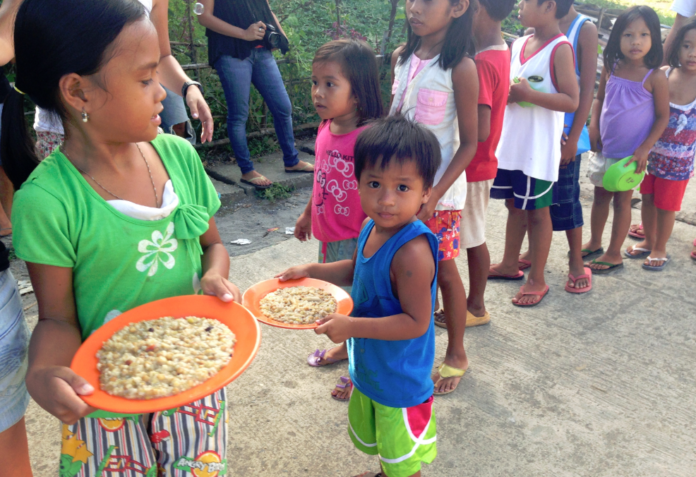Text & Photos by Ariel Neidermeier
Today marks the year anniversary of Typhoon Haiyan, which ripped through the Philippines on the morning of November 8, 2013, killing nearly 8,000 Filipinos and leaving 4 million homeless in its wake. The deadly typhoon has gone down in history as one of the strongest to ever reach land. The coastal city of Tacloban on the island of Leyte suffered the brunt of the damage, with an estimated 1.1 million homes destroyed or severely damaged.
So far, the UN agencies and international and local non-governmental organizations taking part in the relief effort have helped 25,000 people living in makeshift housing on the coastline, move to permanent and transitional housing in relocation sites in inland areas. But thousands of Filipinos continue to live in tents feet away from the ocean, vulnerable to any future disaster. According to the latest bulletin released by the United Nations Office for the Coordination of Humanitarian Affairs (OCHA) around 95,000 households – or 475,000 people – continue to live in tents and other makeshift shelters.
For the families lucky enough to be relocated, challenges still loom. According to Alix Seyfarth, a volunteer working with All Hands Volunteers on the ground in Tacloban, many resettlement sites lack the resources to sustain relocated families.
A lot of the issues arising now have to do with resettlement areas not having enough clean drinking water, and families worrying about how to make ends meet without money to get downtown and continue their livelihoods – whether it was fishing, farming, or running a shop. Education is another worry as families are being moved into settlements without adequate space in the existing school, or no school at all.
How is it that so few families have yet to be relocated and the resources available to those who have is so lacking? Assertions of government corruption are still bandied about. Tacloban officials, campaigners and aid workers openly complain about how slow reconstruction funds are to reach those in need and the mysterious lack of support from the national government. Seyfarth also notes that land ownership issues abound, with local officials struggling to find enough space to build the thousands of homes that have been promised.
LATEST STORIES
As a former volunteer with the relief effort, it pains me to think of the thousands of families still seeking refuge from Haiyan’s destruction. When I left Tacloban six months ago, it was just opening up to the influx of relief workers and volunteers, with upscale coffee shops, restaurants and hotels dotting the downtown streets of the city. In direct contrast to this economic burst of activity were the coastal neighborhoods where massive piles of rubble and debris lay in place of buildings. One year later and it seems the inhabitants of these neighborhoods continue to live in devastation, waiting for homes to relocate to.
Support the reconstruction effort in Tacloban by making a donation to All Hands Volunteers’ Project Leyte. You can also read more about my time volunteering in Tacloban on the Helping Hand for the Philippines blog.
[photoshow]









